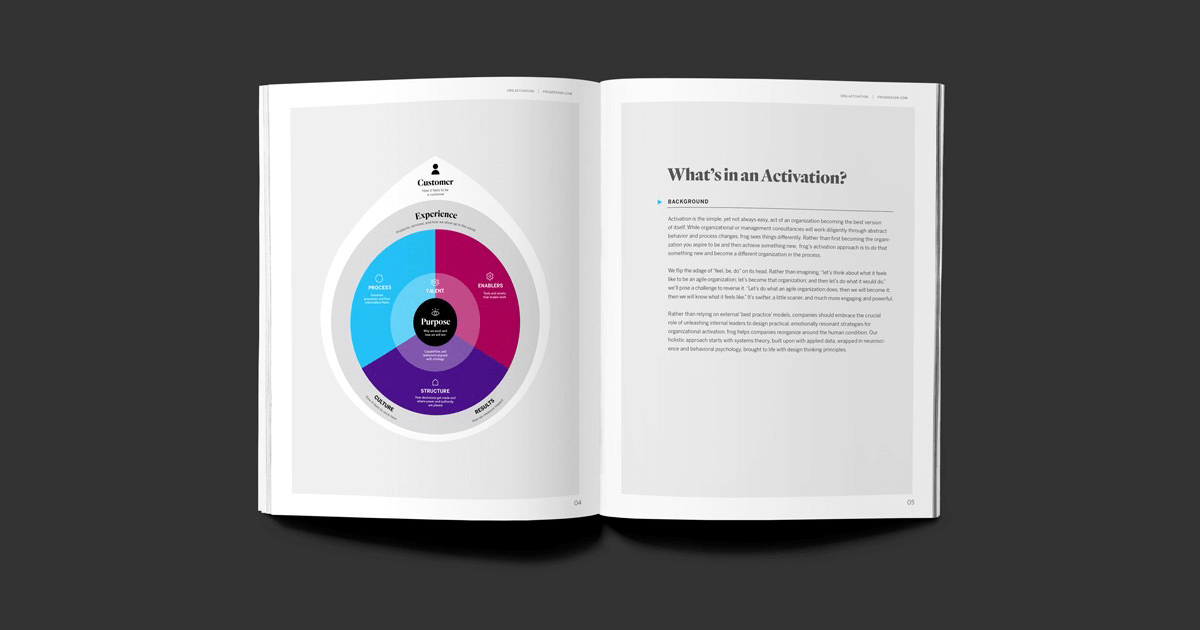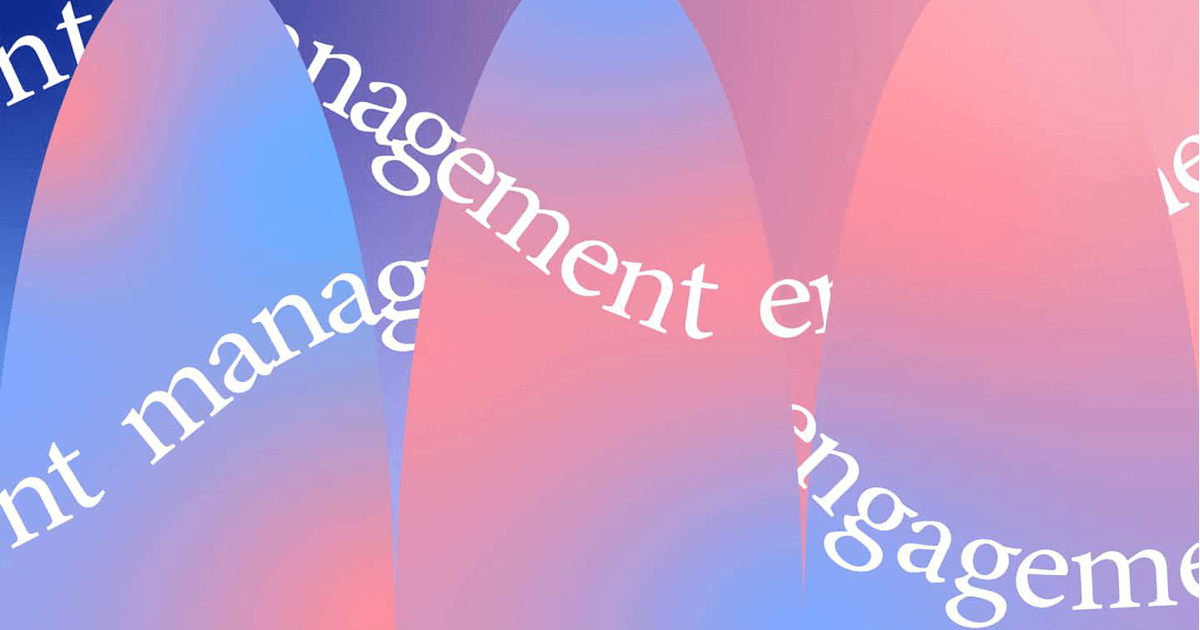
8 Ways to Hack Analysis Paralysis
I was once working with a client who wanted better decision making in their organization. Partway through the effort, he exploded in exasperation, “You’re creating meeting design when I asked for decision-making design! Why are we spending so much time figuring out meetings?!” My response was, “Where do decisions get made?” He sheepishly replied, “Meetings.”
Now, this is not always the case. In some organizations, decisions are made in the meeting before the meeting. In some they are made in the meeting after the meeting. In some, they are made in the break room, on the golf course, social hour at church, or on the sidelines of a youth soccer game. Study this in your organization to get past ‘analysis paralysis’ and design more effective decision-making moments.
We do know that the most challenging innovation behavior is decision-making. Whether it is to determine the next large-scale investment area, or which feature to prioritize, lacking rigorous decision-making design can contribute to swirl, waste, frustration and lack of competitiveness. Standing up committees are a very common approach to solving decision making, however without clear objectives and accountability, committees often do not serve their constituents and can even prevent progress.
Beginning with a primary ‘servant leadership’ approach (i.e., the committee serves the business, not vice versa), we design committees that are guided by eight principles to help overcome these challenges.
Research reveals that the quality of ideas is directly correlated to the quantity of ideas. If you want one good idea, you need 10 bad ideas. If you want 10 good ideas, you need 100 bad ideas. Getting comfortable with giving voice to bad ideas is a muscle that can be developed. At frog, we design collaborative work sessions, research, user testing and a myriad of activities to accelerate getting to the best answers through this principle.
When two or more people are together, they form a new entity that has its own personality, inseparable from the individuals. Embracing this principle means understanding that all ideas generated in a group are borne from the collective. This principle also shifts behavior away from individuals attempting to be the “smartest person in the room” to attempting to solve and create something collectively. This applies both to teams and decision-making bodies. The objective is not for “my idea” to win but for “the best thinking of the group” to win.
This is one of the most challenging behaviors that we see in an organization. There is often one or more executive “decision makers” that is involved in the work, causes unnecessary re-work and deck-making activities, and has no practical or emotional incentive to move with speed or in ambiguity. Instead, ensure that business is involved and enrolled, learning together with the innovation team and aligning on choices together, but the people closest to the work should ultimately be making the decisions.
The sponsor’s primary role is to remove blockers, not to create approval cycles. Instead, the sponsor should accelerate the solution by creatively and collaboratively helping navigate requirements, context and constraints.
Predetermined investment moments are the only times that require structured reviews and approvals by the business. Other key reviews are for information and alignment purposes only. What this looks like, as an example: “We believe the opportunity for us is $10M. We are 20% confident of this, and with an investment of $100,000 ($X/100) we can prove this to 50% certainty.”
In combination with points 3, 4 and 5, decisions are made at the principal level in a cascading format (e.g., “We will proceed with funding the best solution, and those doing the work will be the ones to determine which is the best solution.”)
Leaders can unintentionally sabotage innovation efforts when they mumble behind the scenes or otherwise send signals that they aren’t completely behind decisions. When hard conversations have already had a “Can you live with it?” moment, don’t double back and re-visit decisions unless major, significant, new data is brought to light.
Finally, even taking into considering all of the above and our behavioral model, at the end of the day we value progress over process. The best way to demonstrate that we are capable of change is to show outcomes.
How the Amazon ‘6-Page Memo’ Applies the Principles
Take the famed Amazon 6-page memo as an example of these principles in action. Why is this mechanism like this so powerful and effective? It applies the principles in a simple, elegant, dummy-proof format.
My favorite part of the 6-page memo format is when all the people in the room sit in silence for 30 minutes reading the memo. Why? Because we all know about the “curse of the pre-read.” Have you ever, like me, received pre-reading in the form of a 200-page slide deck at 11 pm before the 8 am meeting? That certainly doesn’t lend itself to priming me for productive decision-making.
Regardless of the length of the pre-reading, your meeting is bound to have three types of people:
- Those who completed the pre-reading, took copious notes and have an opinion about what should happen next
- Those who admit they did not complete the pre-reading or did not read it thoroughly
- Those who did not complete the pre-reading, but lie and say they did
Now you have a situation where some are trying to make sense of the information (diverging), while others have already made sense of it. All the while, the group is trying to move toward a decision (converging) and you are caught in a big fat, as we call it, ‘swirl.’ Making the pre-reading time a part of the agenda gives everyone the time to read it, suspend judgment, and makes no assumptions as to who are the responsible, truthful adults who came prepared. It also prevents the author from having to turn in the memo a week in advance so that everyone has adequate time to read it, in which time parts of the memo itself may have become obsolete.
How Will You Hack Your Decisions?
In following the principles, we can come together, bring our collective wisdom and make space for debate. Once we have had an opportunity to disagree and commit, we can get outta our own way while those with the closest work proximity get through this pre-determined funding gate and we know that we have made way for progress over process.

Linda provides a broad range of consultative services to build capability and improve organizational performance with clients globally. After more than two decades leading organization transformations from within, Linda brings empathy for leaders driving culture change, innovation and growth in organizations from startups to Fortune 500.
We respect your privacy
We use Cookies to improve your experience on our website. They help us to improve site performance, present you relevant advertising and enable you to share content in social media. You may accept all Cookies, or choose to manage them individually. You can change your settings at any time by clicking Cookie Settings available in the footer of every page. For more information related to the Cookies, please visit our Cookie Policy.


